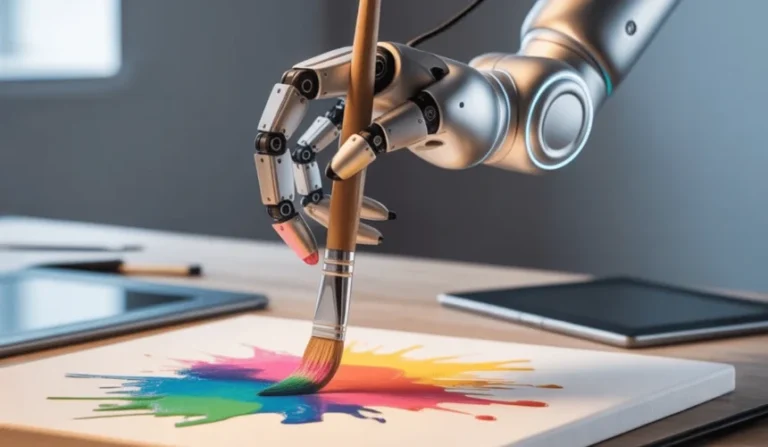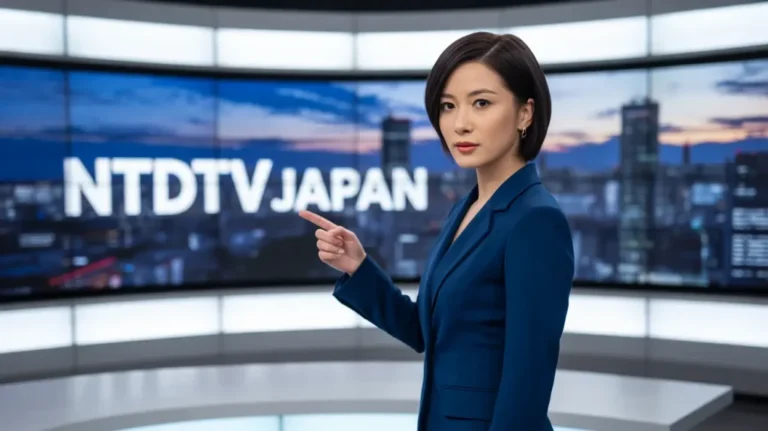
Directory ArcyArt is a comprehensive online platform dedicated to promoting and documenting the vibrant and diverse world of South African visual arts. Functioning both as a digital archive and a living directory, ArcyArt offers valuable resources for art lovers, collectors, researchers, and artists alike. It stands out as a specialized tool that not only supports the visibility of South African artists but also helps in preserving their contributions to the local and global art scenes.
In this article, we delve into the essence of ArcyArt, examining its features, impact, and significance in the broader context of contemporary African art and digital curation.
Origins and Purpose
ArcyArt began with the vision of creating a central digital space to showcase South African artists and their work. While many global platforms cover mainstream art, few offer a dedicated space for the nuanced, culturally rich, and historically layered work emerging from South Africa. The creators of ArcyArt sought to change that by designing a directory that puts local talent in the spotlight.
The primary goal of ArcyArt is to act as an open-access archive and information hub. It houses biographies of South African artists, their exhibitions, artworks, contact information, and critical texts. This directory functions as a bridge between artists and audiences — whether those audiences are in South Africa or scattered across the world.
Artist Profiles and Biographies
One of the most valuable features of Directory ArcyArt is its detailed database of South African artists. Artists listed in the directory typically have biographies that outline their education, career development, major exhibitions, and stylistic approach. These biographies help to contextualize the artwork and position the artists within South Africa’s art history and its ever-evolving present.
The diversity of listed artists spans different generations, backgrounds, and mediums — from traditional painting and sculpture to digital art and conceptual installations. This wide range allows for a more inclusive representation of what South African art truly encompasses.
Emerging artists benefit from the visibility provided by being listed alongside established names, while art enthusiasts and researchers gain a broader understanding of the nation’s creative landscape.
A Focus on South African Identity
South Africa’s art is inherently tied to its complex social, political, and cultural history. From the era of apartheid to post-democracy transformation, South African artists have continuously used their work as a form of expression, resistance, and storytelling.
ArcyArt reflects this connection by emphasizing the significance of context in artistic production. Many of the profiles and curated exhibitions featured on the site are accompanied by essays and descriptions that explore how the work relates to broader themes such as identity, decolonization, memory, and heritage.
This layered approach helps users of the directory not only to appreciate the aesthetics of South African art but also to engage with the deeper narratives that inform it.
Exhibitions and Art Events
In addition to being a static directory, ArcyArt also keeps users informed about ongoing and upcoming exhibitions, both online and offline. This includes solo exhibitions, group shows, biennales, and other important cultural events that feature South African artists.
By offering exhibition listings, the platform plays an important role in connecting artists with galleries, critics, curators, and the general public. It contributes to sustaining an active art community by facilitating opportunities for engagement, discovery, and appreciation.
During global lockdowns and the rise of virtual exhibitions, directories like ArcyArt became even more essential as people turned to digital platforms to stay connected with the art world.
Educational and Archival Value
Another aspect of ArcyArt that deserves attention is its value as an educational resource. For students of art history, visual culture, and African studies, the platform offers a starting point for research and exploration. It contains not only profiles but also news, commentary, and curated features that deepen understanding.
Teachers and academics can draw from ArcyArt to develop curricula that are more inclusive of African perspectives, particularly those often underrepresented in mainstream Western academic materials.
Moreover, as an archive, ArcyArt plays a role in preserving digital records of South African art. In a time when the physical preservation of artworks and historical documents faces many challenges — from funding issues to climate concerns — digital archives provide an alternative and sometimes more accessible means of safeguarding cultural heritage.
Empowering Artists
ArcyArt doesn’t just benefit audiences; it empowers artists too. For many creatives, particularly those who are emerging or working in remote parts of the country, visibility is a major hurdle. By providing a platform where their work can be seen and appreciated by a global audience, ArcyArt helps artists gain recognition and attract potential buyers, collaborators, and institutions.
The directory format also enables artists to control the narrative around their work. Rather than being represented through third-party interpretations, artists can present their own biographies and philosophies, thus maintaining authenticity and agency.
The Role of Technology in African Art
Directory ArcyArt exists at the intersection of art and technology. It is a product of the digital age and reflects the growing movement toward online curation and digital engagement with the arts. This is particularly important in Africa, where physical infrastructure for art galleries, museums, and art education may still be developing in many areas.
Digital platforms like ArcyArt help to level the playing field by ensuring that talent and creativity are not limited by geography or access to elite institutions. It also aligns with broader global trends, where art discovery, auctions, and networking increasingly take place in virtual spaces.
Looking Forward: Challenges and Opportunities
While Directory ArcyArt has made significant strides, it also faces challenges common to many cultural platforms. These include sustainability, funding, and keeping the content regularly updated. As the digital art world continues to grow, maintaining relevance requires constant innovation, user engagement, and perhaps even partnerships with institutions or educational bodies.
At the same time, the opportunities are vast. As internet access continues to expand across the continent, more artists and audiences will be able to participate in platforms like ArcyArt. There is also potential for integration with other digital tools — such as virtual galleries, augmented reality exhibitions, and even blockchain authentication for digital artworks.
By staying committed to its mission and embracing innovation, ArcyArt can continue to be a cornerstone in the ecosystem of South African and African art for years to come.
Conclusion
Directory ArcyArt is more than just a listing of names and works; it is a vibrant, dynamic space that documents, celebrates, and supports South African visual arts. It serves as a digital meeting ground where culture, creativity, and technology intersect.
Through its artist profiles, exhibition listings, and curated content, ArcyArt promotes understanding, discovery, and appreciation of South African art on a global scale. In doing so, it plays a crucial role in shaping the narrative of contemporary African art and ensuring that the stories told through brushstrokes, carvings, and installations are not only seen — but remembered.






